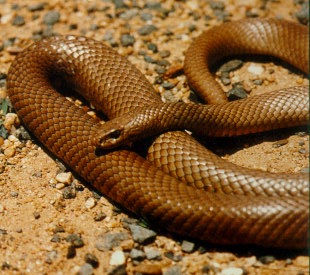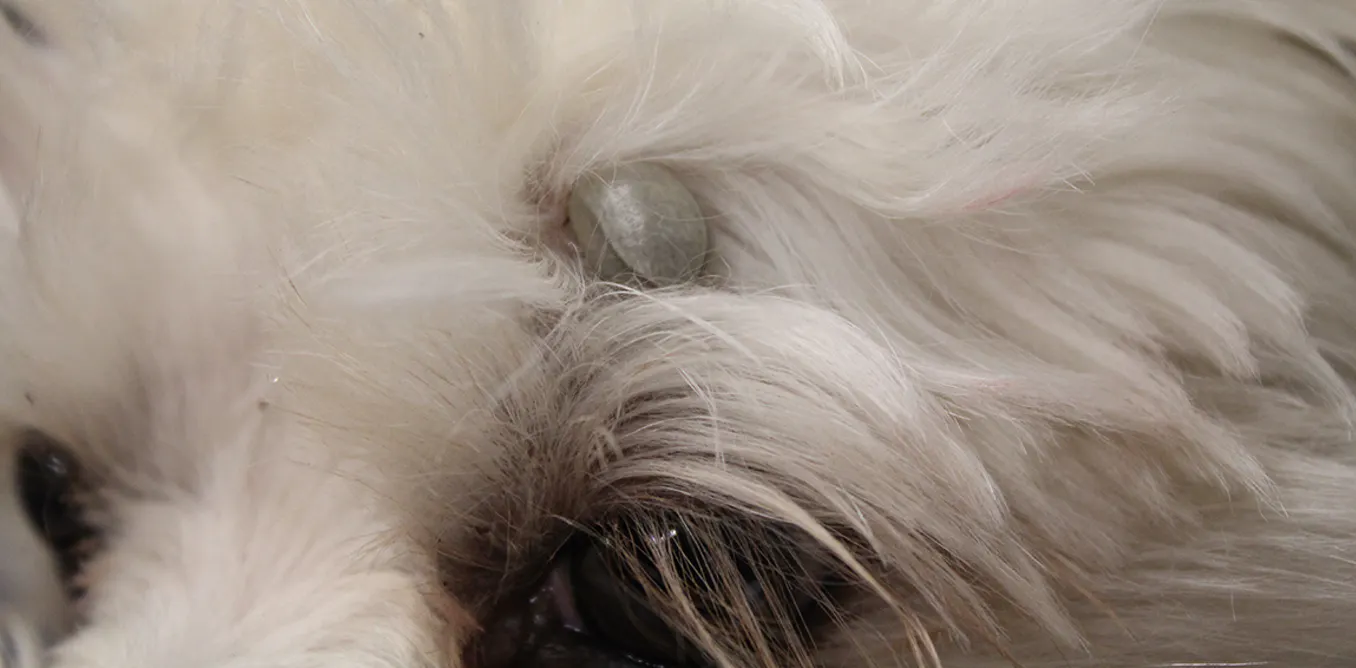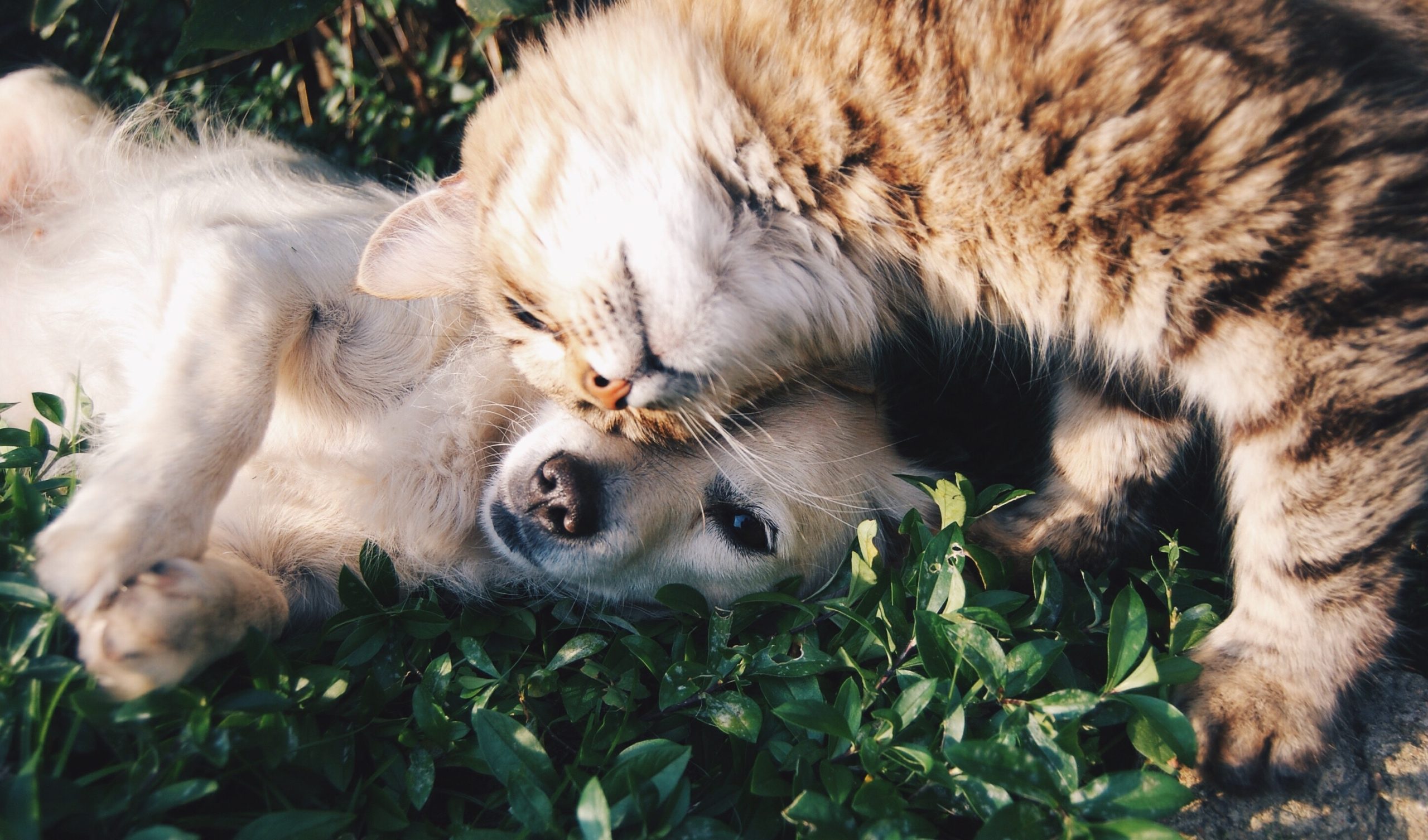We often look forward to summer but unfortunately, warmer weather also brings with it the danger of snakes. Snake bites are a common cause of death in the warmer months of the year, but they can occur all year round.

It is important to know what snakes live in your area and what the signs of poisoning are so you can seek treatment immediately.
Pictured is an Eastern (common) brown snake. While they are usually a uniform brown in colour, their appearance can vary enormously.
Some have various patterns, including speckles and bands, and range from a very pale fawn colour through to black, including orange, silver, yellow and grey. Juveniles can be banded and have a black head with red-brown spots on the belly.
Which snakes?
There are many types of venomous snakes in Australia, but brown snakes are most commonly responsible for snakebites and snakebite deaths in both animals and humans. The next most common are tiger snakes, found in the wetter parts of southern and eastern coastal Australia, especially near water. Other snakes to watch out for include black snakes and taipans.
It is best to find out which types of snakes are most common in your area and their habitats so you can avoid them.
What are the signs of snakebite?
When snakes bite they inject venom into their prey, which contains a variety of toxins. The neurotoxin is the most important toxin in the venom of Australian snakes, affecting the brain and causing paralysis. Snake venom also contains an agent that uses up all the clotting factors that would normally help to stop your pet from bleeding. Tiger snakes have an additional toxin that breaks down muscle, causing damage to the kidneys.
The signs of snakebite will vary depending on factors such as the type of venom, location of the bite and amount of venom injected. Generally, the closer the bite is to the heart, the quicker the venom spreads to the rest of the body. Dogs, being inquisitive, usually try to chase or kill snakes and are more commonly bitten on the face or jaw. Cats, being hunters and more agile, commonly receive bites on their paws.
Signs in dogs may include:
- Trembling, salivation, vomiting and depression
- Unsteadiness, hindleg weakness, dilated pupils and worsening paralysis
- Respiratory distress, red-brown urine, complete paralysis and coma
- Some dogs may collapse suddenly then appear to recover before showing the above signs up to an hour later
- Death can occur within 2 hours of snakebite, even within 30 minutes
Signs in cats may include:
- Dilated pupils
- Progressive weakness – first your cat may look like it is bunny hopping because its hindlegs are becoming paralysed
- Flaccid paralysis – weakness progresses to your cat becoming totally floppy, unable to stand and lying flat out, even unable to lift its head up.
Can snakebite be prevented?
Unfortunately, being bitten previously does not give your pet any immunity to further bites, nor will it deter them from being inquisitive.
Treatment is expensive, so the best defence is to avoid walking or playing with your pets in areas of bushland or long grass, especially in summer. If tiger snakes are common in your area, avoid long grass near rivers and creeks.
Avoid disturbing cool, dark areas under sheds, rubble, stored building supplies or equipment. Keep your yard free of long grass or piles of wood, rubbish or junk, and keep the rat and mouse population under control (as they are popular food for snakes). In snake-prone areas, you could consider building a snake-proof fence around all or part of your property.
What should I do if my pet is bitten by a snake?
Contact your vet to ensure that they have anti-venom on hand and proceed to the vet clinic or hospital immediately (without going over the speed limit, of course). The only treatment for snakebite is for the vet to give antivenom through a drip and the sooner the treatment is started, the greater the chances of survival.
The type of antivenom given depends on the type of snake but if the snake is not seen or identified, your vet can make a decision based on your geographical area. Snake venom detection kits can be used or several antivenoms can be given. Hospitalisation will also be required to monitor the animal’s signs and treat any complications.
First aid includes keeping your pet as calm and quiet as possible and applying a pressure bandage – just a firm bandage of any material over and around the bite site, if practical. NEVER apply a tourniquet, or wash or cut the wound site. Carry your pet rather than let it walk to avoid speeding the spread of the snake venom.



